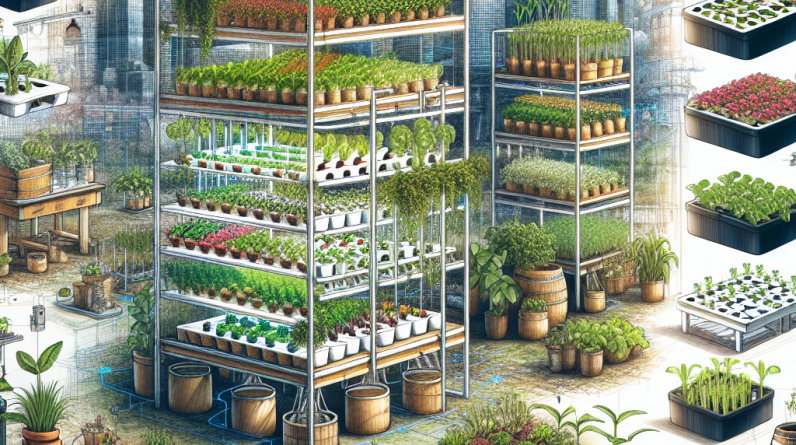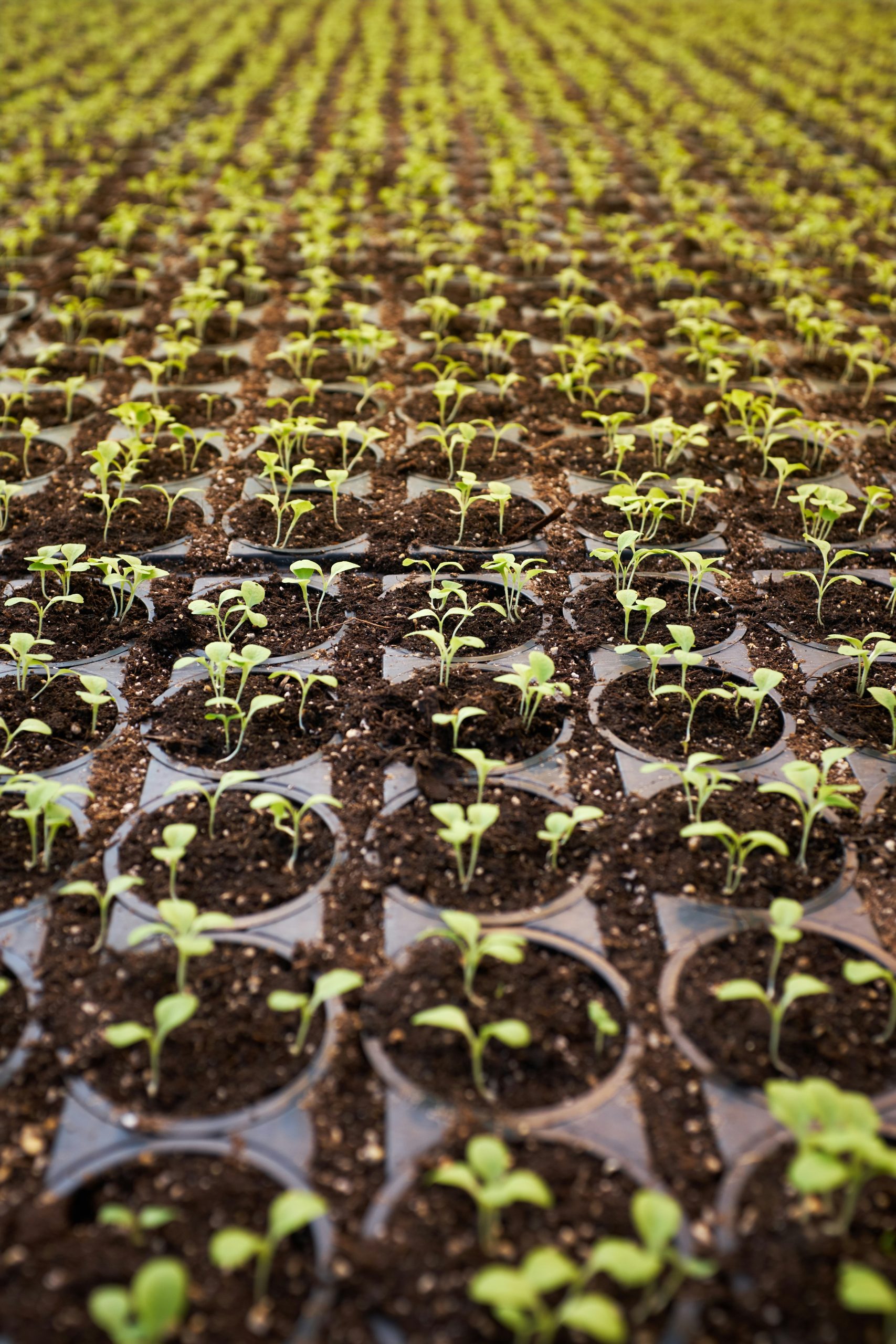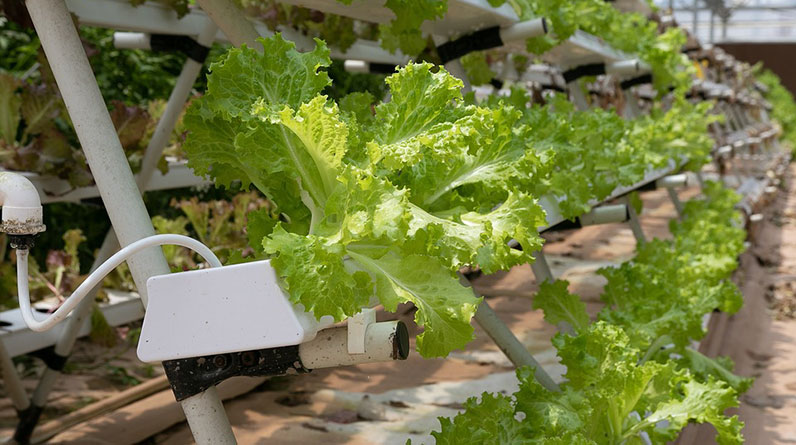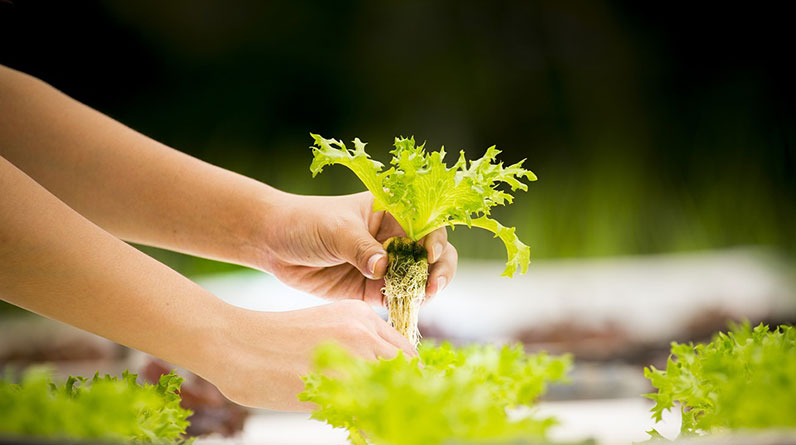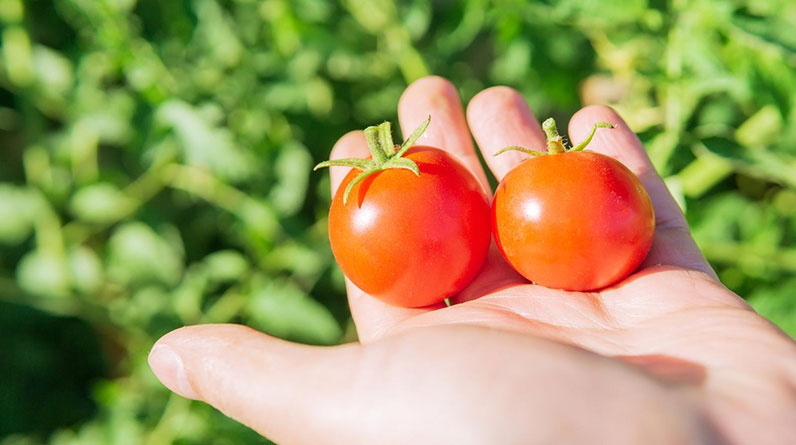
1. Hydroponics: The Basics
Understanding Hydroponics
So I remember the first time I stumbled across hydroponics—it was completely mind-blowing! It’s this awesome method of growing plants without soil, and it relies on nutrient solutions instead. The idea is that plants absorb everything they need directly from the water. Pretty neat, huh? With this approach, you can grow just about anything from leafy greens to strawberries, right in your kitchen or backyard.
What makes hydroponics tick is the precision. You get to control every aspect, from pH levels to nutrient availability. It’s like being a plant parent on steroids! Plus, you save space and often get faster growth rates. This method has opened up a whole new world for urban gardening, where soil is hard to come by.
In hydroponics, you can choose various systems like Deep Water Culture, Nutrient Film Technique, or Aeroponics. Each one comes with its own set of benefits. Personally, I’m a fan of Deep Water Culture for its simplicity. You don’t have to fuss too much once you set it up.
The Appeal of Soil-less Cultivation
I really love how soil-less cultivation—especially hydroponics—has made growing plants accessible to so many people. You don’t need a big backyard; you can start small in a window sill or, heck, even in a small closet! It feels liberating to have that flexibility.
Another quirky advantage is pest control. Without soil, you tend to avoid those pesky soil-borne diseases that can ruin your beautiful plants overnight. This is honestly a game-changer for those of us who cringe at the thought of handling pesticides or other chemicals.
Plus, with a hydroponic system, you can grow plants year-round. Whether it’s dead winter outside or scorching summer, you can create the ideal environment for your plants. It turns out that growing fresh herbs and veggies isn’t just a summer fling; it can be a delicious adventure all year long!
Getting Started with Hydroponics
Okay, let’s get to the fun part—how do I actually get started? Well, first things first, you’ll want to choose the right system based on your space and what you want to grow. If you’re a beginner, starting with a simple kit can ease you into the hydroponics world. They’re pretty user-friendly and often come with everything you need.
Next, do some research on the types of nutrients your plants need. Trust me, there’s a bit of a learning curve here, but it becomes second nature in no time. You’ll want a balanced nutrient solution that can feed your plants well. Brands like General Hydroponics are personal favorites of mine.
And don’t forget about lighting! If you can’t provide ample sunlight, consider investing in some grow lights. Different plants require different levels of light, so just keep that in your back pocket when choosing your setup.
2. Aeroponics: Growing in Air
The Concept of Aeroponics
Alright, let’s switch gears to aeroponics, which is like hydroponics on an even cooler level. Instead of sitting in water, the plant roots are suspended in the air and misted with a nutrient solution. I mean, how revolutionary is that? It’s like being a plant in a spa!
What I find fascinating about aeroponics is the oxygen exposure. Roots get plenty of air, which typically means faster growth and healthier plants. Plus, the water usage is often lower, making it a more sustainable option overall. We’re talking green thumbs and a green planet!
The setup can feel a bit intimidating at first, but once you get the hang of it, it’s pretty straightforward. You can build your own aeroponic tower or buy premade kits, which makes it accessible to everyone.
Benefits of Aeroponics
When I switched to aeroponics, one big perk I noticed was the boost in yield. Plants just seem to love being misted! You can harvest crops sooner, which means more fresh veggies for the dinner table. I can’t emphasize enough how satisfying it is to munch on greens you grew yourself.
Another win is the minimal pest issue, similar to hydroponics. With no soil, aphids and other bugs have a much harder time making themselves at home. This means I can focus on nurturing my plants instead of playing pest control.
And let’s not forget the fun factor! Tending to an aeroponic garden is like opening a door to a sci-fi movie. Watching roots dangling in the air and thriving in the mist can make anyone feel like a plant wizard.
Starting Your Aeroponic Garden
Diving into aeroponics is easier than it appears. You can start by buying a simple aeroponic system, which usually includes everything from the pump to the misting nozzles. I remember my first DIY setup—it was a bit of a mess, but it worked!
You’ll also want to keep an eye on your nutrient reservoir. Since you’ve got those roots just hanging out in the air, you’ll need to keep them misted and properly fed. Most systems have timers that help you automate this safely.
Patience is key. While things may not happen overnight, I find that watching your plants develop is one of life’s simple joys. Just keep monitoring your system, checking water levels, and adjusting nutrients as needed, and soon enough, you’ll be harvesting like a pro!
3. Nutrient Film Technique (NFT): A Flowing Innovation
What is NFT?
Moving on to the Nutrient Film Technique, or NFT for those in the know. This method involves a thin film of nutrient-rich water that continuously flows over the plant roots—super clever! I love how the plants sit in a sloped trough where they can absorb nutrients without ever being submerged.
NFT gives the plants just the right amount of moisture while still allowing them access to air. It’s kind of like the best of both worlds, ensuring that the roots stay healthy and happy. I’ve really loved experimenting with this technique because it combines the benefits of hydroponics and aeroponics.
Getting the water to flow just right might take some practice, but once you nail it, you’ll notice how much faster growth can be achieved. It’s downright exhilarating to see plants thrive in this streamlined setup!
The Advantages of NFT
One major advantage of NFT is the efficient use of water. By continuously recycling the nutrient solution, it reduces waste and keeps those costs down. I never thought I’d get so excited about water conservation until I saw how effective NFT can be.
Additionally, this system can be more space-efficient than traditional gardening. I’m all about making the most of every inch of my home, and NFT allows me to stack crops vertically. This makes it possible to grow more plants without needing a ton of additional room.
NFT works beautifully with fast-growing plants like lettuce or herbs. I’ve had my best luck with these types, and they thrive in this environment. Each harvest feels like a mini celebration, and I can’t help but share my bounty with friends and family!
Setting Up Your NFT System
To start with NFT, you’ll need a trough, a pump, and your nutrient solution. There are kits available if you want to keep it simple, or you can build your own setup using PVC pipes. It’s super customizable based on your space and needs!
Make sure you have a timer for your pump, which can automate your watering schedule. In my experience, it’s key to check your water pH regularly. Keeping your plants happy means keeping their environment in check.
Once you’re up and running, make sure to monitor the depth of your nutrient film and adjust your water pump as needed. This system takes a bit of maintenance, but the rewards are absolutely worth it.
4. Choosing the Right Crops for Soil-Free Growing
Best Plants for Hydroponics and Aeroponics
Choosing the right crops is like the cherry on top of your gardening journey! Some plants are more suited for soil-less growing than others. Leafy greens like lettuce, basil, and spinach tend to do exceptionally well in both hydroponic and aeroponic systems.
When I first started, I went straight for herbs because they’re easy and quick to grow. Plus, there’s nothing like fresh herbs in your cooking! You’ll quickly discover that these plants seem to grow like crazy in the perfect conditions.
For a bit of a challenge, you can even delve into growing strawberries or peppers! Just keep in mind these plants may need a bit more care and a longer growth cycle, but they can be super rewarding, especially when you get that first bite.
Considerations for Growth Cycle
Knowing the growth cycle of your plants is essential. Some plants grow quickly and are ready for harvest in a matter of weeks. Others, like tomatoes or eggplants, may take a few months. I always keep a little journal of my plants’ lives just to see how they progress.
Temperature and humidity also come into play. Certain plants thrive in high humidity, while others prefer drier conditions. Finding that sweet spot for your plants can sometimes feel like a science experiment, but that’s part of the fun!
And don’t forget pollination! For those fruits, you might need to lend a helping hand. It’s like being a gardener and a bee all rolled into one. Hand-pollinating has become one of my favorite gardening quirks!
Experimenting and Learning
The beauty of growing plants in a soil-free environment is the freedom to experiment. I’ve learned so much by trying out various crops, some working wonders, and others are sadly flops. But that’s okay! Each experiment ends up teaching you something valuable.
Don’t be afraid to adapt. Switching up your nutrient solution or modifying your light setup can yield unexpected, yet delightful results. Remember, gardening is about growth—not just for your plants but for you, too!
So much of gardening is trial and error, and that makes it all the more rewarding when you finally hit the jackpot with a thriving crop. Trust me, those victories make it all worthwhile!
5. Troubleshooting Common Issues in Soil-Free Growing
Pest Management Challenges
Just because I’m growing without soil doesn’t mean I’m entirely free from pests. I’ve encountered a pesky aphid or two, and boy, it can ruin your whole vibe! The key is to stay vigilant. A quick once-over can often spot those little troublemakers before they strike.
If you do encounter pests, consider organic options like neem oil. It’s become my go-to remedy, and it’s gentle on your plants while effectively handling intruders. Just be sure to spray it during the cooler times of the day to prevent burns on your plants.
Another method I’ve found effective is introducing beneficial insects like ladybugs. They’re adorable, and they’ll take care of your pest problem like little garden ninjas. It’s an eco-friendly way to protect your crops and promote biodiversity!
Nutrient Deficiencies
On the flip side, nutrient deficiencies can rear their ugly heads, too. I’ve noticed yellowing leaves or poor growth when my plants were lacking essential nutrients. That’s when I learned how critical it is to regularly check your nutrient solution and adjust as needed.
Familiarizing yourself with signs of nutrient deficiencies can be a game-changer. For example, if you see purple leaves, your plants might need more phosphorous. Keep a nutrient chart handy, and don’t hesitate to tweak your solution to get your plants back on track.
Remember, plants are like people—they can be picky eaters! Keeping your feeding consistent and balanced can help avoid those troublesome symptoms. Once it clicks, your plants will flourish.
Environmental Stress
Last but not least, environmental stress can really throw a wrench in the works. If your temperature or humidity levels are off, you might notice drooping leaves or stunted growth. In my early days, I often overlooked this, thinking my plants were just being dramatic. But now, I see how crucial it is to create a stable environment!
You might want to invest in a hygrometer or thermometer to keep tabs on their surroundings. Ensuring your garden has plenty of airflow and suitable lighting levels also helps. Creating a cozy space for your plants really does lead to happier, healthier growth.
Staying proactive and adapting quickly can save your crop from major meltdowns. It’s all part of the fun in soil-less gardening—figuring it out and learning to be the best plant parent you can be!
FAQ
1. What types of plants can I grow using hydroponics?
You can grow a wide variety of plants using hydroponics, including leafy greens, herbs, tomatoes, strawberries, and even peppers. Leafy greens like lettuce are particularly well-suited for beginners.
2. How do I prevent pests in a soil-less garden?
Regularly inspecting your plants is key to preventing pests. You can use organic solutions like neem oil or introduce beneficial insects like ladybugs to manage pest populations naturally.
3. How often should I check nutrient levels in my system?
It’s a good idea to check nutrient levels at least once a week. This allows you to catch any deficiencies early and adjust your nutrient solution accordingly.
4. What are some benefits of aeroponics over hydroponics?
Aeroponics allows for greater oxygen exposure to roots, which can lead to faster growth rates. Additionally, it often uses less water compared to traditional hydroponics.
5. Can I use tap water for my hydroponic system?
Yes, but make sure to test the water for pH and any chemicals like chlorine that can harm your plants. Some growers prefer distilled or rainwater for best results.



